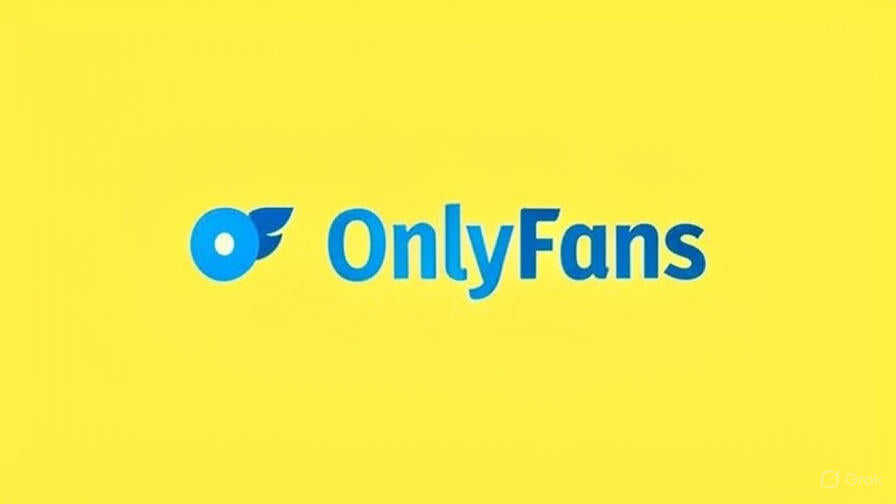OnlyFans CEO Keily Blair Discusses Platform’s $25B Success and Future
Introduction
In a recent Bloomberg Tech session in London, OnlyFans CEO Keily Blair revealed major insights into the platform’s extraordinary growth and financial milestones. Since its launch in 2016, OnlyFans has paid out $25 billion to creators globally, cementing its role as a powerhouse in the creator economy. Blair highlighted the platform's commitment to human-centric content and its cautious approach to artificial intelligence, positioning OnlyFans as a unique blend of tech innovation and personal connection.
OnlyFans CEO reveals that the majority of the platform’s revenue comes from Americans and that OnlyFans has paid $25 billion to creators since 2016.
— FearBuck (@FearedBuck) October 21, 2025
She also stated that people don’t want AI-generated content and that AI can’t replace human-created content.
(via: Bloomberg) pic.twitter.com/v4GkJDLqrs
Key Financial Revelations
Blair emphasized OnlyFans’ ability to create wealth for creators rather than solely profiting from users. She stated:
“There’s not very many tech companies that can talk about creating wealth for others rather than just profiteering, essentially.”
The U.S. market remains the platform's largest contributor to revenue, though Blair noted the presence of a significant British user base. Her witty comment, “we’re a British company with a very American personality”, reflects the cultural balance driving the platform’s success.
OnlyFans’ Stance on AI and Content Authenticity
As AI tools become more prevalent in digital content, Blair remains firm: human-created content cannot be replaced. OnlyFans does not support fully AI-generated accounts or tools, prioritizing genuine interaction between creators and subscribers. This approach reinforces the platform’s high-quality, paywalled ecosystem, reducing flagged content compared to open social media platforms.
Viral Insights from X (Twitter)
The discussion went viral through X (formerly Twitter) via @FearedBuck, attracting over 215,000 views and thousands of interactions. Comments reflected surprise at OnlyFans’ scale, noting that:
- ~1.4% of American women use OnlyFans
- The average subscriber is often described as a white married man
- Creators retain 80% of subscription revenue, generating alternative income streams exceeding traditional salaries
Implications for the Creator Economy
OnlyFans exemplifies the growing creator economy, providing opportunities beyond conventional careers. Athletes like Tymal Mills and influencers are leveraging subscription platforms for additional earnings. Blair’s focus on creator empowerment—rather than pivoting to AI—highlights the platform’s commitment to authentic human connections.
FAQs About OnlyFans’ Growth and Strategy
- Q1: How much has OnlyFans paid creators so far?
- A1: $25 billion globally since 2016.
- Q2: Does OnlyFans allow AI-generated content?
- A2: No, the platform prioritizes human-generated content for authenticity.
- Q3: Where is OnlyFans’ biggest user base?
- A3: The majority of revenue comes from the United States.
- Q4: How much do creators earn on OnlyFans?
- A4: Creators retain 80% of subscription revenue, while OnlyFans takes 20%.
- Q5: Is OnlyFans only for adult content?
- A5: No, it includes fitness, cooking, and various niche creators.
Conclusion
OnlyFans, under Keily Blair’s leadership, has transformed the creator economy by prioritizing wealth distribution, authenticity, and sustainable growth. With billions paid to creators and a firm stance against AI replacing human content, the platform sets a new standard for subscription-based services. Its dominance in the U.S. market and culturally adaptive strategy highlight a tech company that is both innovative and socially conscious. As the digital economy evolves, OnlyFans remains a testament to the power of human-centric platforms in shaping the future of content creation.
Neutral Intellectual Analysis
OnlyFans’ trajectory demonstrates a profound shift in the digital economy, where individual creators gain unprecedented financial agency. Unlike traditional platforms that commoditize users, OnlyFans redistributes wealth directly to its contributors. Blair’s deliberate rejection of AI-driven shortcuts underscores a philosophy that authentic human interaction cannot be algorithmically replicated. For sociologists, economists, and tech strategists, the platform is an ongoing case study in balancing profitability, ethics, and creator empowerment. Its success challenges assumptions about content consumption, reshaping societal perceptions of online work, value creation, and digital intimacy. In an era dominated by automation, OnlyFans’ insistence on human originality may offer a sustainable model for digital entrepreneurship in the decades to come.


0 comments